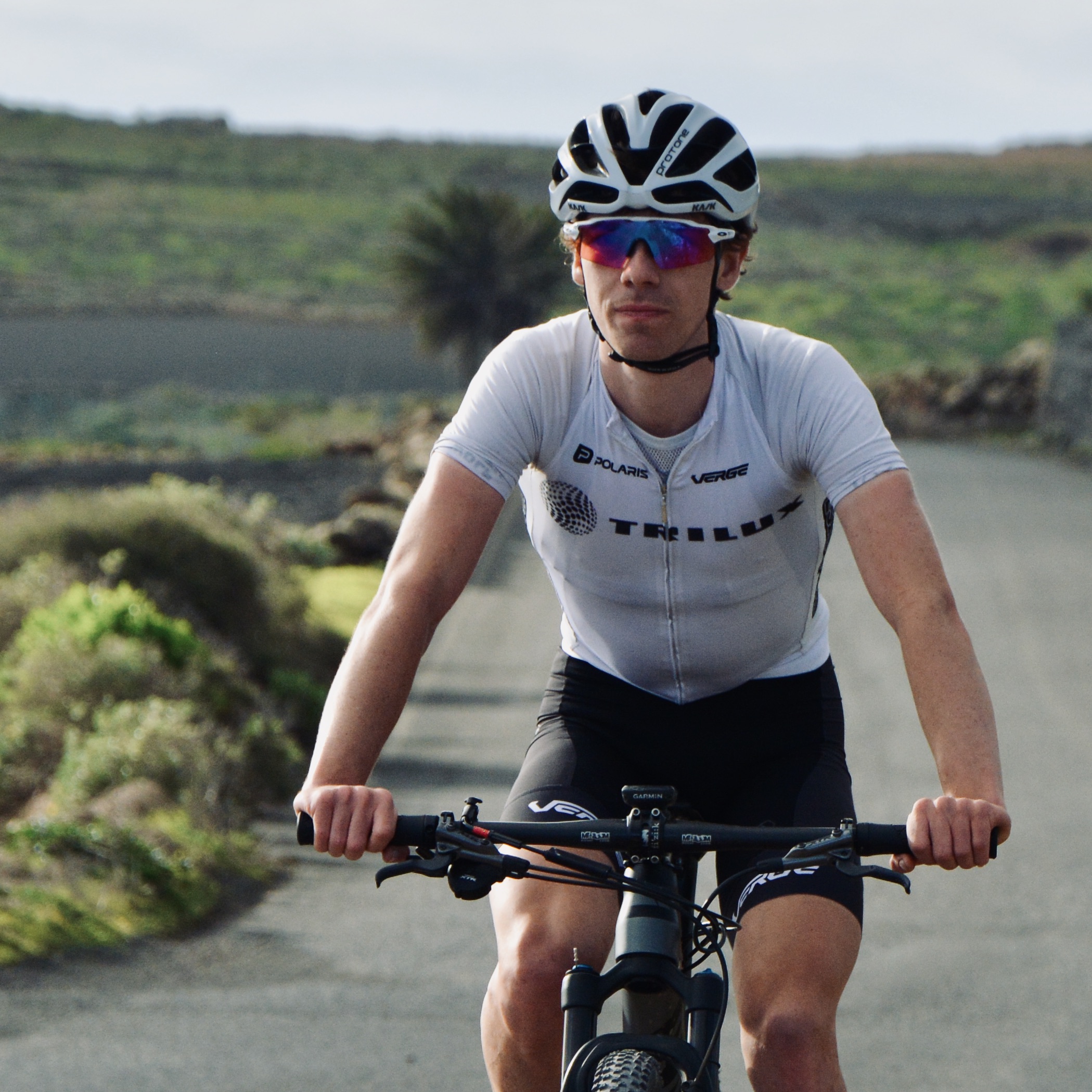The term ‘VO2 max’ will be familiar to many cyclists, and most riders will know it’s a metric that differentiates professional cyclists from amateurs.
Simply put, VO2 max is a measurement of how much oxygen your body can use at maximal sustained output, so it has a crucial role to play in determining your ability as a rider.
Since a high VO2 max is widely considered to be a strong prerequisite for cycling performance, let's take a closer look at what it is, why it matters and whether you can improve your VO2 max.
What is VO2 max?
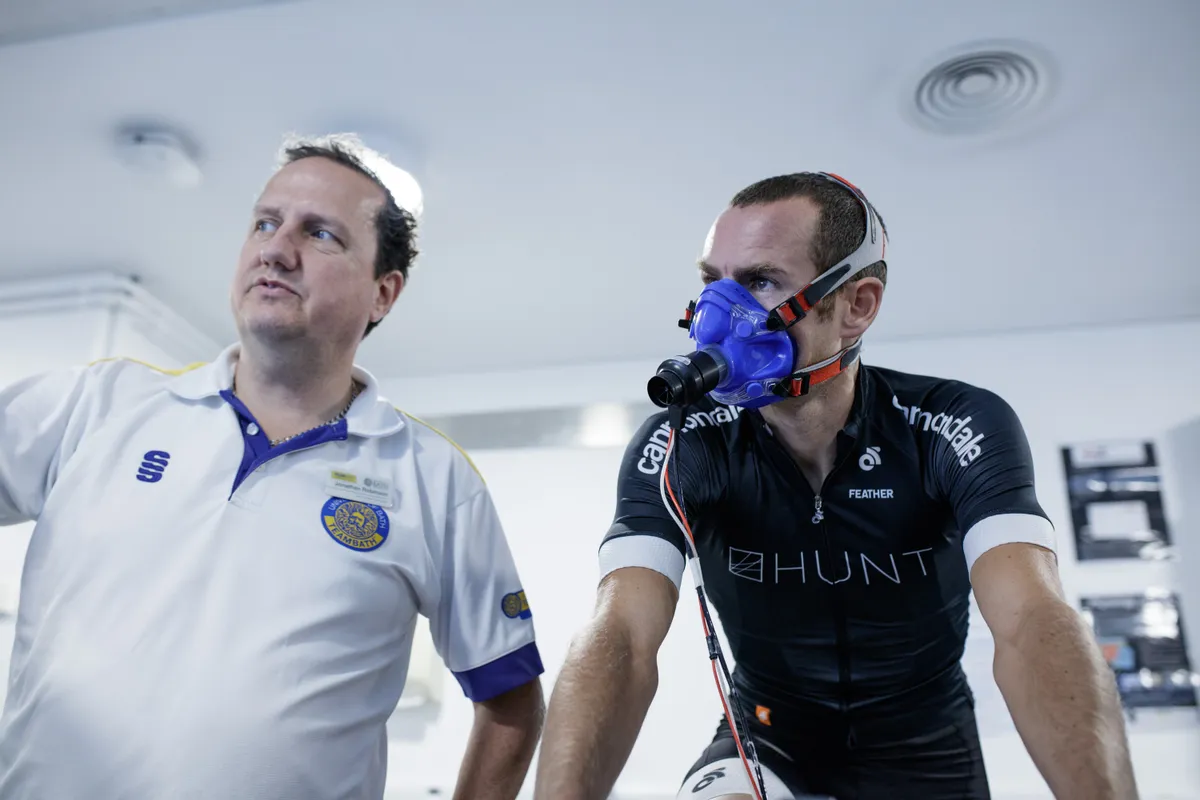
Broadly speaking, power on the bike can be generated in two ways: ‘aerobically’ (using oxygen) and ‘anaerobically’ (without oxygen). The maximum rate of oxygen consumption is your VO2 max.
In other words, your VO2 max defines the size of your aerobic engine. The bigger this engine is, the more power can be produced via this energy system.
VO2 max is usually measured as the volume of oxygen (ml) that’s consumed per kg of body weight per minute, or ml/kg/min for short (a relative measurement). It can also be expressed without taking body weight into account too (an absolute measurement).
VO2 max is measured in the lab. But you can get an indication of how your VO2 max might be changing by testing your maximum power over five-to-six-minute efforts or taking a ramp test using a smart trainer and indoor cycling app.
What’s a good VO2 max?
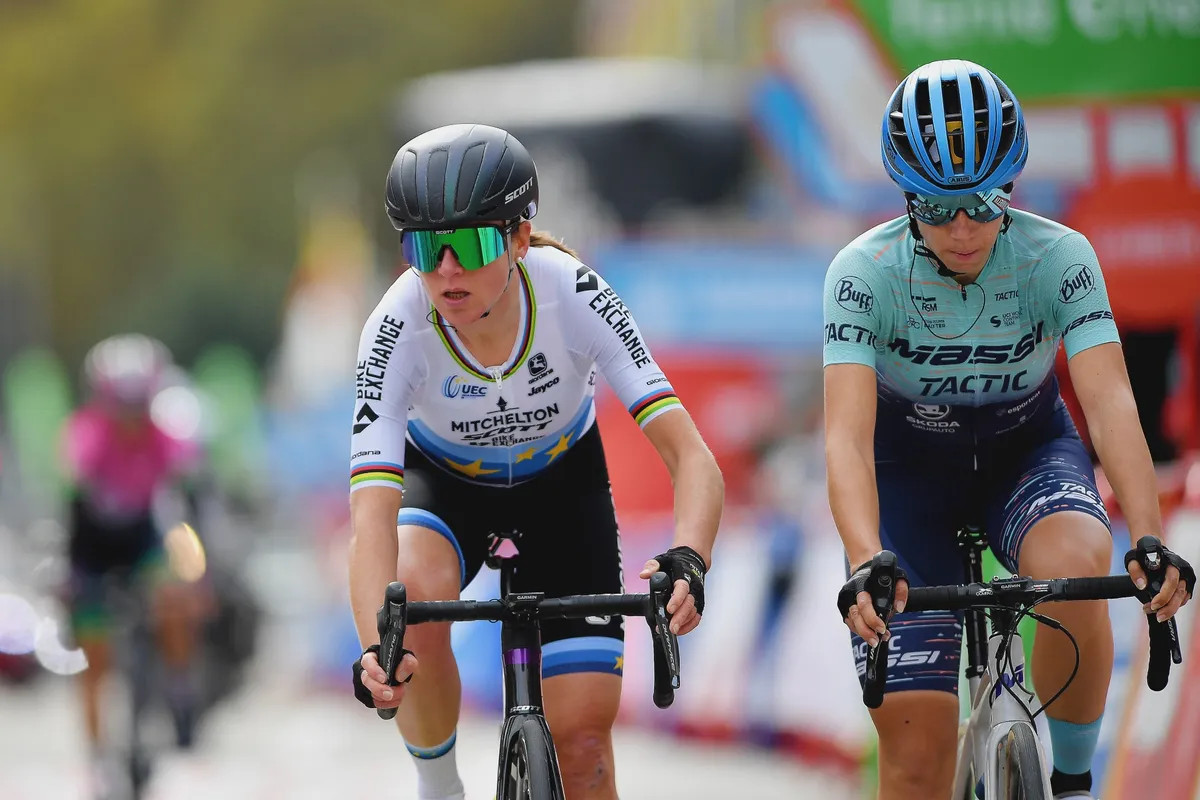
The average sedentary male has a VO2 max of 35 to 40ml/kg/min. For females, this is lower at 27 to 30ml/kg/min.
In contrast, elite male and female cyclists have much higher VO2 max measures of around 80 to 90ml/kg/min and 60 to 70ml/kg/min respectively.
For reference, 2020 and 2021 Tour de France winner Tadej Pogačar looks to hit the high 80s while 2023 Tour de France Femmes champion Demi Vollering is likely to nudge 70ml/kg/min.
Impact of VO2 max on cycling performance
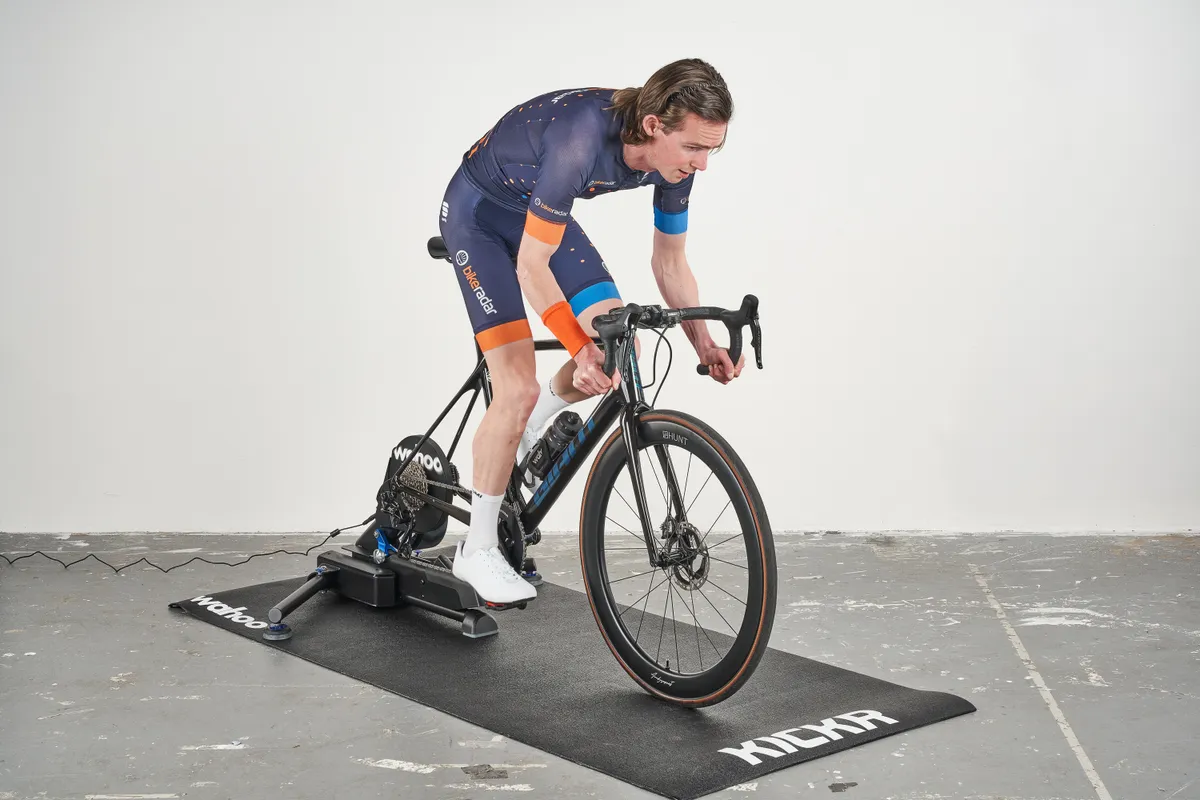
VO2 max matters for cyclists because the aerobic system is the most sustainable way to generate power.
In contrast, generating power ‘anaerobically’ is a time-limited system, and although quick to deliver energy, produces by-products that cause fatigue.
To generate 300 watts, for example, it’s better to produce that power aerobically rather than anaerobically because this will result in fewer fatiguing by-products and you will be able to sustain that power for longer.
Drilling down into the details, the key benefits of a high VO2 max include:
- The ability to sustain medium-hard power outputs for longer due to lower production of fatiguing by-products
- An improved maximal lactate steady-state (sometimes referred to as the lactate or anaerobic threshold), Functional Threshold Power (FTP) or Critical Power, which we’ll collectively refer to as maximal steady-state power
- Better recovery from hard efforts, due to faster clearance and processing of fatiguing by-products
In short, VO2 max plays an important part in performance across almost all cycling disciplines, from short track sprints right up to long stage races.
Nature or nurture?
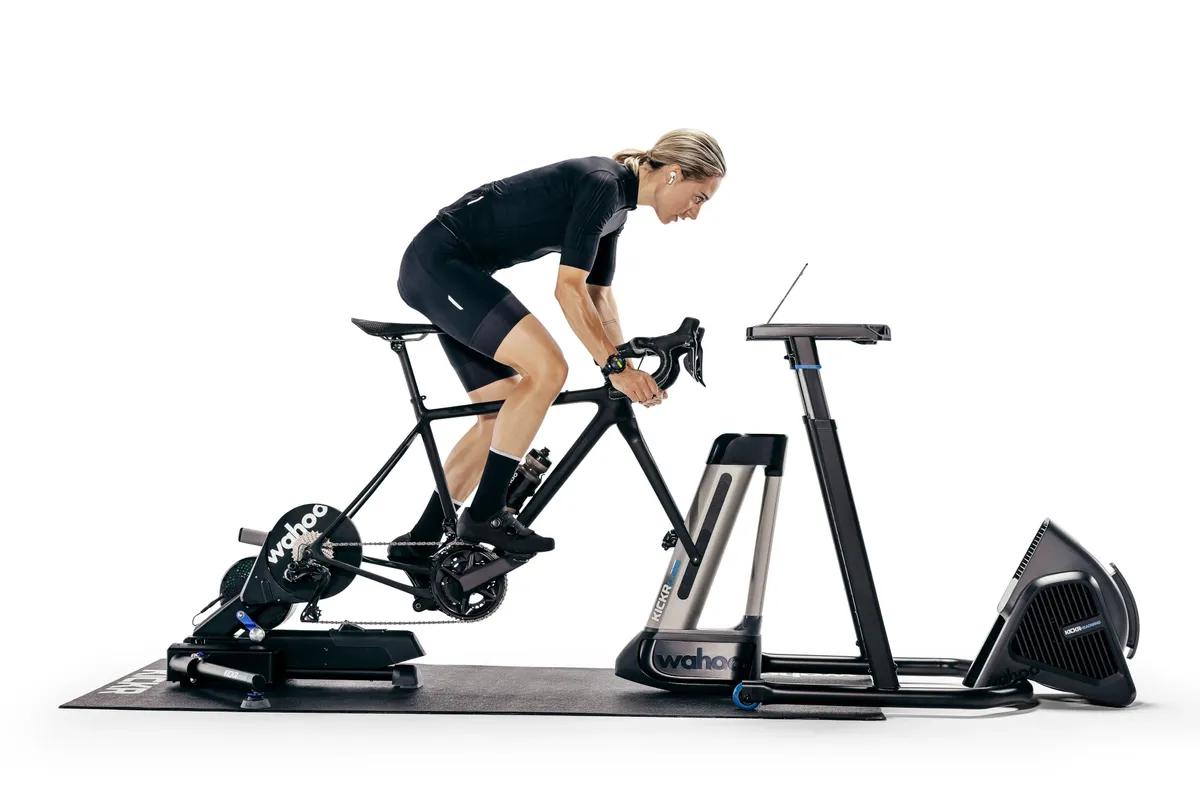
It’s not uncommon to hear that VO2 max is determined purely by genetics, and that it can’t be increased significantly through training.
While genetics do play a key role in determining VO2 max, and ultimately impose a ceiling on how high a particular rider’s aerobic capacity can get, training also has a big impact.
Studies show beginner cyclists can increase their VO2 max by around 10 to 20 per cent over a period of around four to 12 months with relatively minimal training (e.g. three times per week).
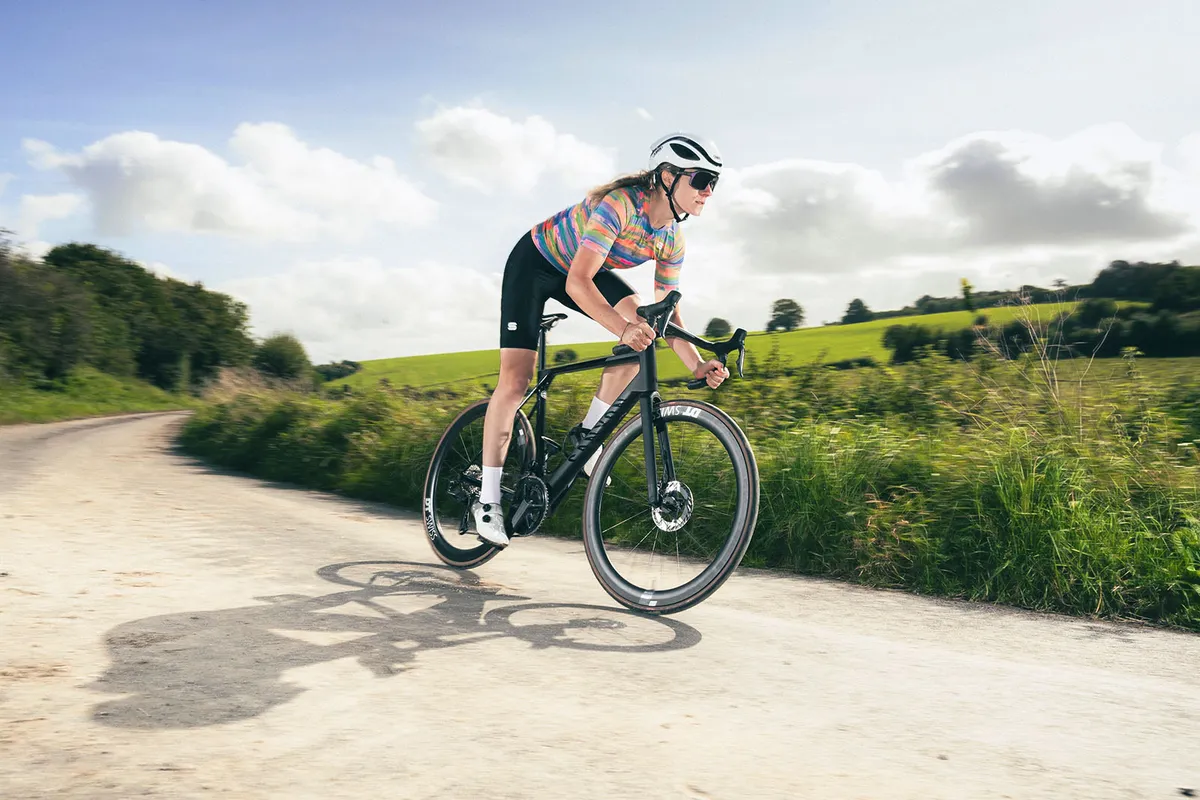
Of course, as you get fitter, it becomes harder to increase your VO2 max. You’ll typically need to up your volume of training and make your workouts more specific and targeted.
Elite athletes operate at or very close to their genetic maximum and so large jumps in aerobic capacity for them are very difficult to achieve.
However, in our experience, it’s pretty rare for the average cyclist who is fitting training around work and life commitments to hit their genetic ceiling, so VO2 max usually has some scope for improvement.
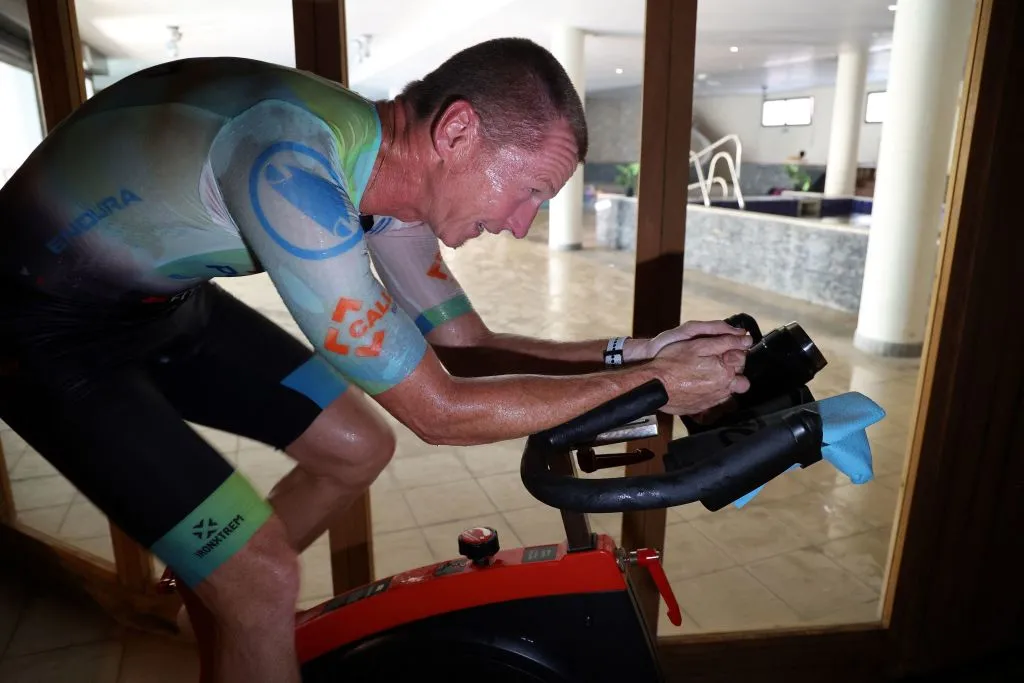
Other factors that impact VO2 max include gender (females have lower VO2 max values, as mentioned above) and age (VO2 max typically declines by 4 to 4.6ml/kg/min per decade beyond the age of 30).
On that note, when considering a realistic progression of VO2 max, age is certainly something to bear in mind as you keep cycling through the decades.
If you tested your VO2 max at age 30, then again at age 50, and you’d managed to maintain the same level, that would be a positive outcome. Relative to your age, you’d have improved your VO2 max, even though the actual value had not changed.
Sudden increases in altitude also impact VO2 max because the concentration of oxygen in the air is lower, and this slows the rate at which oxygen can be transferred from the lungs into the blood, although the body adapts to counteract this over time.
Similar adaptations are also achieved through EPO supplementation – a banned substance common in the blood-doping heyday, which increases the oxygen-carrying capacity of the blood.
How to improve your VO2 max
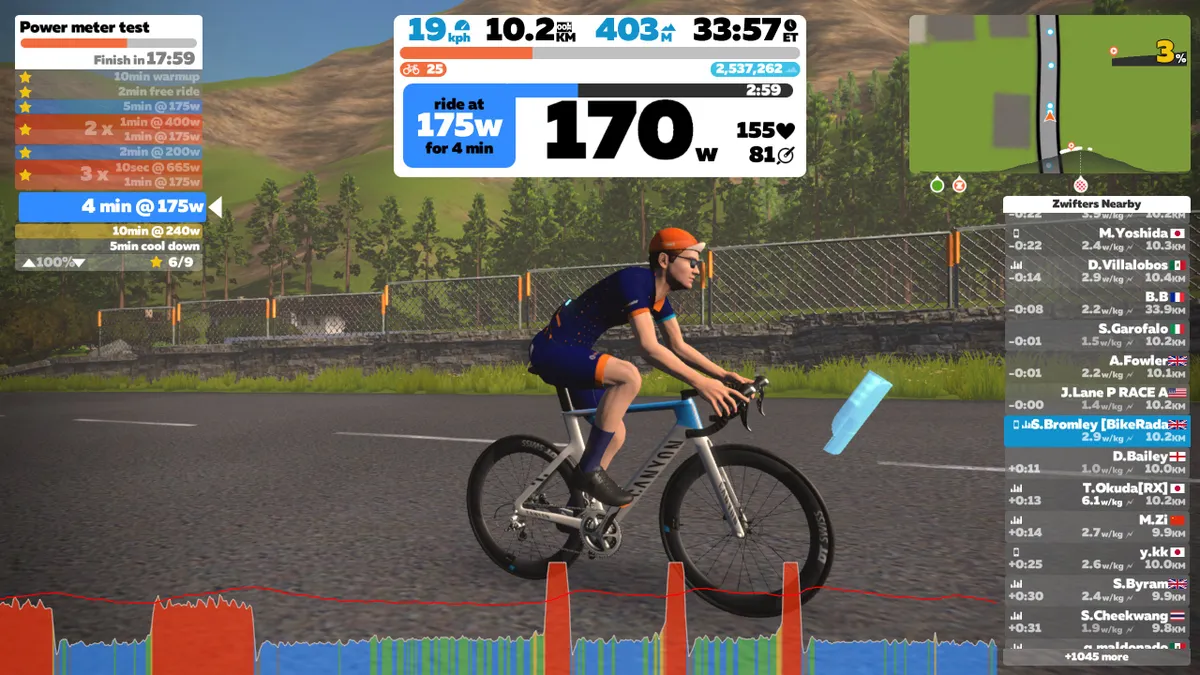
If you’re fairly new to cycling, then just riding on a consistent basis can improve your VO2 max, and almost any kind of training will help.
However, once you’ve been consistently training for a while, you’ll need to become more focused. Many 60-minute turbo trainer sessions can target V02 max and indoor training platforms, such as TrainerRoad, have structured training plans dedicated to VO2 max improvement.
There are broadly two types of adaptations we’re looking to achieve when we’re training VO2 max:
- ‘Central’ adaptations, which relate to the delivery of oxygen via the lungs, heart and blood
- ‘Peripheral’ adaptations, which relate to adaptations at the muscles that improve their ability to take on and process the oxygen
Central adaptations respond best to intervals that allow you to spend as much time as possible close to your VO2 max.
Happily, you can get a rough idea of how much time you’re spending close to VO2 max by looking at heart rate or training with power. Any time you spend above 90 per cent of your maximum heart rate can be considered constructive VO2 max training time.
VO2 workouts
There are lots of workout designs that allow you to score a lot of time close to VO2 max, including:
- 5-6 x 5-6 mins at 110-120 per cent FTP or 8/10 effort, with 3-4 mins of recovery between each
- 2-4 blocks of ‘microburst’ intervals alternating 30 secs at 120-130 per cent FTP or 9/10 effort and 15 secs easy (each block lasting between 8 and 15 mins)
- 5-6x hard-start intervals, starting at 120-130 per cent FTP or 9/10 effort for 30 secs, then settling into 105-115 per cent FTP for 5-6 mins with 3-4 mins of recovery between efforts
Peripheral adaptations, on the other hand, respond most strongly to volume and workout duration. The best type of session for developing this is long, steady riding at zone two of your training zones (55 to 75 per cent FTP, or 60 to 70 per cent of your max heart rate), or base training.
Getting the right mix of these types of workouts is important. VO2 max-type intervals are hard work mentally and physically, and should be performed in moderation. A good mix for most cyclists in a training plan is one to two interval sessions per week, keeping the remainder of your sessions to zone two (or lower).
It’s also worth keeping in mind that relative VO2 max depends on body weight, so if you maintain the same ability to process oxygen, but lose some weight, your VO2 max will also increase.
The bigger picture
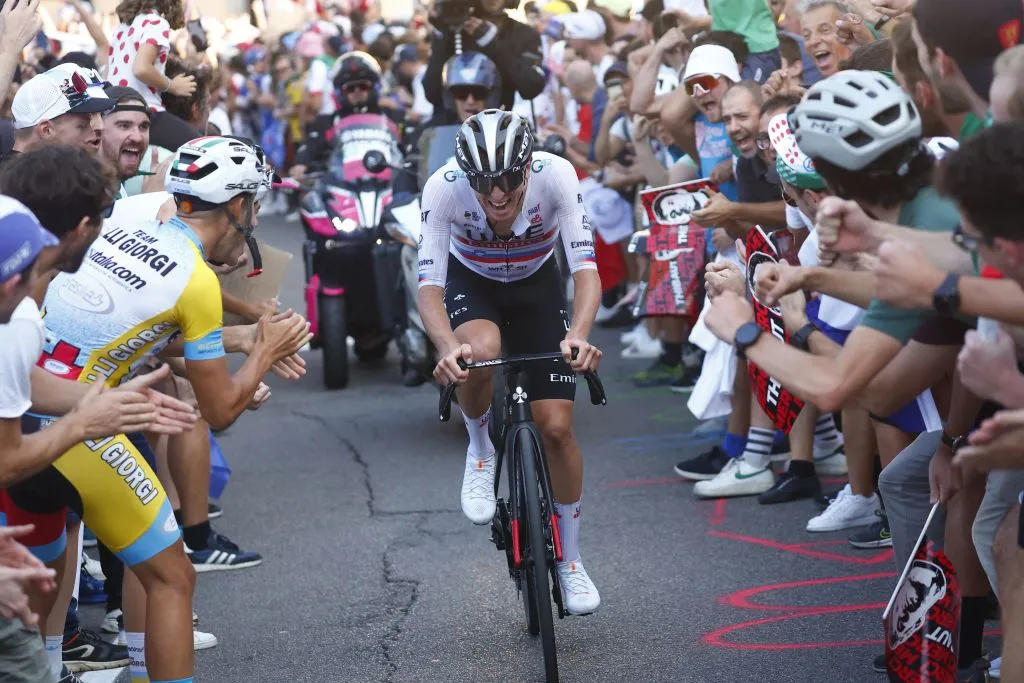
While VO2 max is certainly important for cycling performance, there are other factors that feed into success too.
For Grand Tour contenders such as Vollering, Niewiadoma, Roglič and Pogačar to climb fast in the mountains, they must be able to sustain high levels of power for a long time.
For this, they need to have a high maximal steady-state power, commonly estimated via an FTP test (power-to-weight ratio – or W/kg – is also crucial when climbing).
This maximal steady-state power is the point where production of those fatiguing byproducts mentioned above, such as hydrogen ions, equal the maximum rate at which those by-products can be cleared. Beyond this point, you fatigue quickly, but when riding at or below it, power can be sustained for a relatively long time.
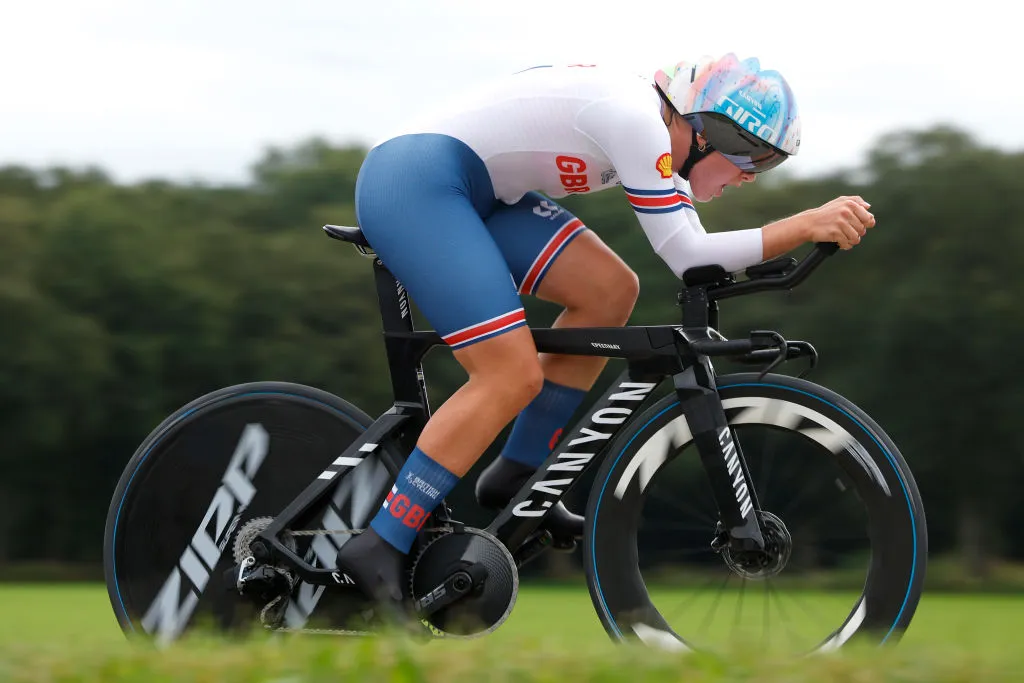
Generally speaking, the closer the steady-state gets to an athlete's VO2 max, the better.
For example, take a cyclist with a relative VO2 max of 75 ml/kg/min, who can only produce 60 per cent of that at their steady-state power, versus another athlete with a lower relative VO2 max of 70 ml/kg/min, but who can sustain 75 per cent for extended periods. That latter athlete will usually outperform the former head-to-head.
In contrast to amateur cyclists, who may be limited by their VO2 max and/or their maximal steady-state power (and the relationship between the two), elite riders possess both extraordinarily high VO2 max numbers and high maximal steady-state power numbers.
Other factors that feed into performance include the cyclist’s anaerobic capacity (the ability to produce very high power through the anaerobic system), and their efficiency (which is partly determined by physiology, but also by factors such as bike fit and equipment).
The bottom line is that VO2 max is a key metric most riders interested in improving their performance should look to increase, but a high VO2 max is only one of a number of factors that are important in cycling success.
